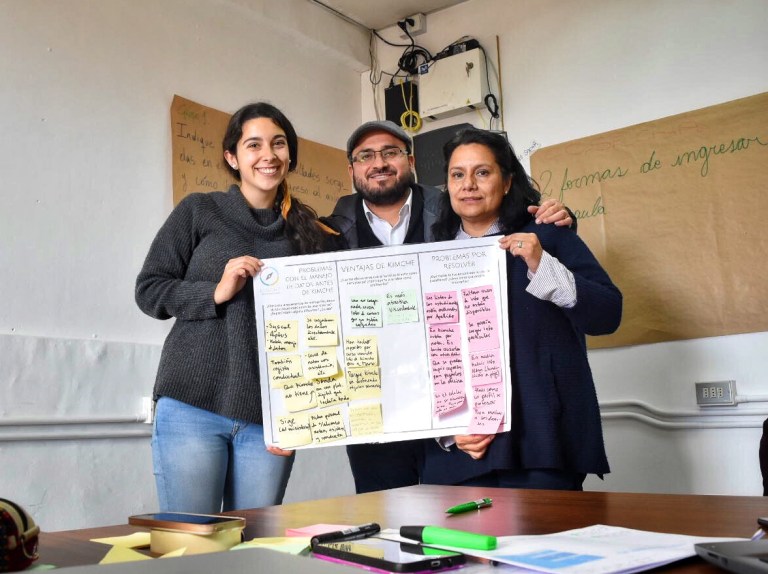The mission of Mend the Gap is to close the achievement gap. We do this through automated and customized data visualizations and reports. It's very exciting because we get to help schools do more of what they do well (working with students and families) by automating the difficult process of processing data.
Our platform is fully customized to meet the needs of your school/district. We focus on your specific needs and then build beautiful and meaningful visualizations that give you the information that you need to support all of your students. For example, one of our partner schools in Santiago, Chile wanted to improve their attendance rates because they noticed that too many students were chronically absent. We built a visualization like the one you see below to uncover the why behind student absences.
Getting to the why and beyond the what is a key part of what makes Kimche such an important tool. The reality for schools is that they are always working very hard with limited resources, so having the capacity to dig deep into data intersections is one that is often unobtainable. We remove that barrier and give you direct access to your visual data and update it on a weekly basis so that you are constantly gaining new insights into the needs of your students.
Our flagship product is called Kimche. In the indigenous Mapuche culture of South America, Kimche means "wisdom." We wish to provide all educational stakeholders the wisdom that comes from making sense of big data and individualizing student supports. We have made tremendous progress in Chilean schools in the specific areas of attendance and retention and are ready to scale our efforts.
We have a great track record of positive results with our partner schools. We work with schools to identify areas of need and support and then design our visualizations and reports on those needs. Schools all use multiple data points from semi-annual benchmark assessments, anecdotal evidence, as well as academic performance, attendance, behavior, and health data. Schools often meet in teams to help navigate their way through these disparate data sources to better support the needs of individual students. Kimche by Mend the Gap serves as the solution between data collection and intervention.

Kimche has increased attendance rates throughout Chile and increased state subsidies to schools by millions of dollars! The state subsidy in Chile is directly connected to attendance so when attendance goes down so does the amount of funding for a school. This specific issue allowed us to customize Kimche to address attendance in schools, resulting in a year over year increase of attendance of 2.8% and a national subsidy increase of over $20,000,000!
We are unique in our commitment to solving problems and customizing our solutions to the needs of individual customers and that approach has proven successful. Our approach is always to support each individual student and we do that by giving schools access to important student information in easy to understand and easy to use visualizations.
Our visualizations help schools look at historic data to optimize plans for the future. Seeing longitudinal data in practice is powerful and has the ability to transform how schools support each student and we are proud to help make this happen.
We are ready to scale globally after a number of documented successes in Chile. Mend the Gap is based in Pittsburgh and we are committed to making a difference here at home. With a product that's ready to use in schools across the world, we are eager to start getting feedback from our local community and start closing the achievement gap.









